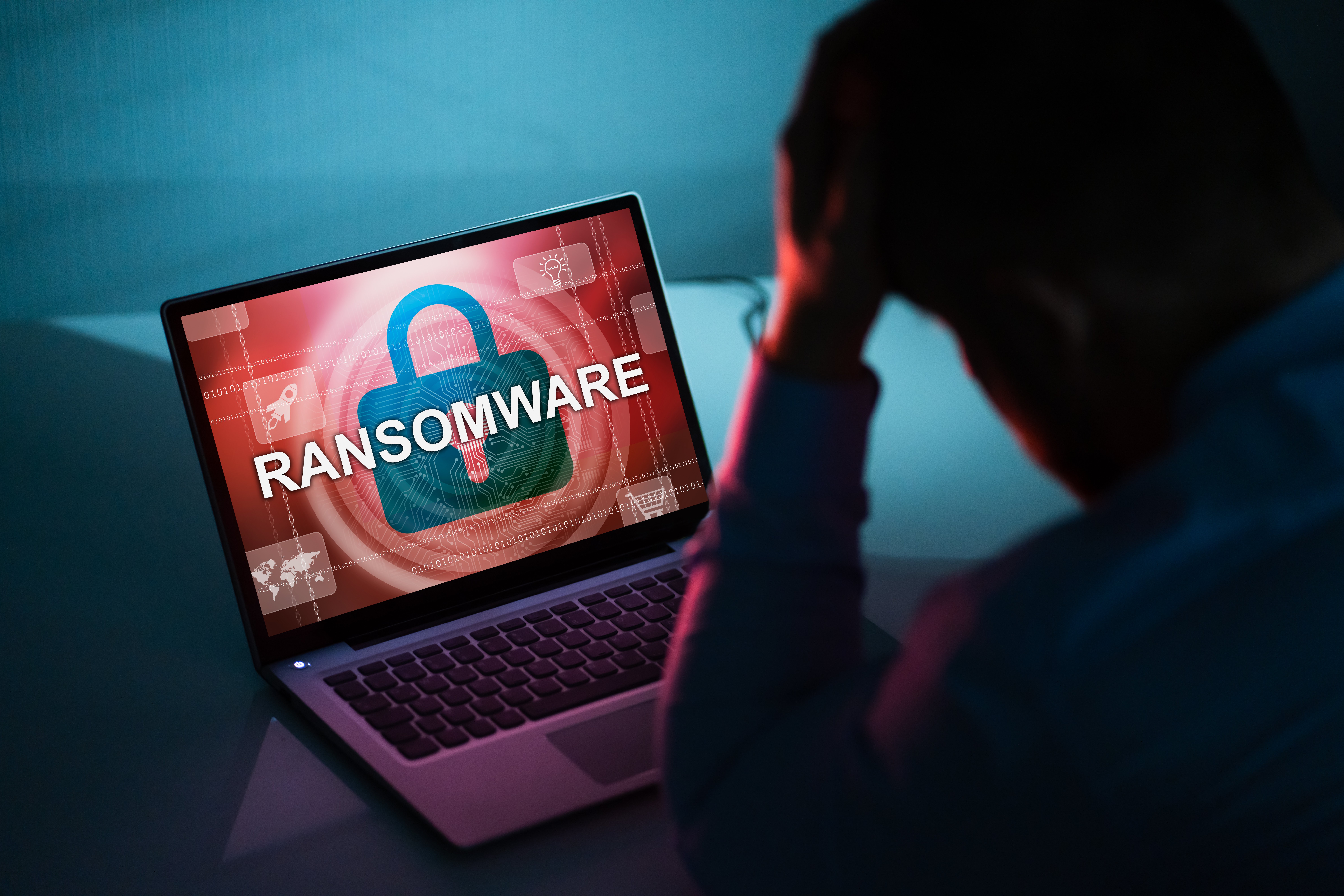Ransomware. The word alone sends shivers down spines, conjuring images of encrypted files, frantic deadlines, and hefty pay-outs to faceless criminals. In today's digitally dependent world, it's a threat we can't ignore. But before you succumb to panic, take a deep breath and arm yourself with knowledge. This comprehensive guide will equip you with the essential strategies to defend against ransomware attacks and safeguard your precious data.

Demystifying the Monster: How Ransomware Works
Imagine waking up to find your computer hostage. Documents, photos, cherished memories – all locked away behind a digital wall, accessible only with a key held by unknown assailants. That's the chilling reality of ransomware. Attackers infiltrate your system, encrypt your files, and demand a ransom (usually in cryptocurrency) in exchange for the decryption key. Failure to comply? Face permanent data loss.
Here's the typical modus operandi:
- Infection: Phishing emails, malicious websites, or even infected software downloads can deliver the payload.
- Encryption: Once triggered, the malware scans your system, encrypting valuable files using complex algorithms.
- Demands: You'll receive a ransom note instructing you to pay up within a tight deadline, often accompanied by threats of data deletion or leak.
The Grim Reality: The Scope of the Threat
Ransomware isn't just a theoretical concern. It's a global epidemic, claiming victims from individuals to corporations, even entire healthcare systems. The statistics are sobering:
- In 2023, ransomware attacks increased by 138% compared to 2022.
- The average ransom payment demanded in 2023 was a staggering £416,738.
- Only 46% of ransomware victims recoup their data even after paying.
Fortress of Defense: Building Your Anti-Ransomware Arsenal
The good news is, you're not powerless against this digital scourge. By adopting a layered approach, you can significantly reduce your risk:
Patching Up the Walls: Software Updates and Vulnerability Management
Software vulnerabilities are like cracks in your digital fortress. Hackers exploit these weaknesses to sneak in. Regularly update your operating system, applications, and firmware to install security patches that seal those cracks. Prioritize patching critical vulnerabilities as soon as they're announced.
Moat of Awareness: Phishing Defense and User Education
Phishing emails are the most common entry point for ransomware. Train yourself and your employees to identify suspicious emails: misspelled URLs, sender discrepancies, urgency tactics, and grammatical errors are red flags. Never click on suspicious links or attachments.
Guarding the Gates: Antivirus and Endpoint Protection
Invest in robust antivirus and endpoint protection software. These tools actively scan for malware and suspicious activity, blocking threats before they infiltrate your system. Keep them updated for optimal protection.
Backup and Bastion: The Impregnable Backup Strategy
Regularly back up your data to an external drive or cloud storage not connected to your main system. This ensures you have a clean copy of your files in case of an attack. Consider the 3-2-1 backup rule: 3 copies, 2 different media, 1 offsite location.
The Vigilant Watch: Monitor and Respond
Be proactive in monitoring your system for unusual activity. Look for signs like sudden spikes in network traffic, file encryption processes, or unfamiliar applications running. Have an incident response plan in place, outlining the steps to take if attacked.
Final Words: Don't Panic, Prepare!
Ransomware may be a formidable foe, but by understanding its tactics and actively implementing preventive measures, you can greatly reduce your risk. Remember, the best defense is a proactive one. Don't wait for an attack to scramble. Build your defenses today and claim your digital sovereignty.
Bonus Tip: Share this blog with your friends and family. By spreading awareness, we can collectively build a more resilient digital ecosystem for everyone.
Together, let's keep the trolls at bay and ensure our data remains safe in the digital age.

Ola Jader



-Apr-25-2024-09-43-35-5584-AM.png?width=80&height=80&name=Untitled%20design%20(77)-Apr-25-2024-09-43-35-5584-AM.png)
